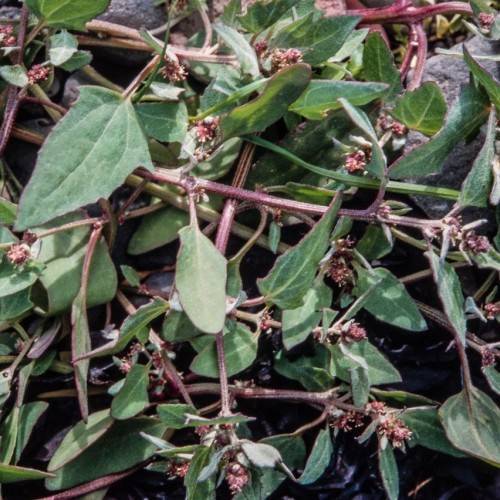
Acadian Saltbush
Atriplex glabriuscula var. acadiensis
Watering:
Minimal
Hardiness Zone:
Sun:
full sun,part shade
Growth Rate:
Low
Drought Tolerant:
Yes
Salt Tolerant:
Yes
Care Level:
Low
watering
Nelson's Saltbush should be watered once every 7 to 10 days. It should be watered thoroughly, then allowed to dry out completely in between waterings. During hot and dry weather, it may need to be watered more frequently. When watering, it is best to use water that is free of chlorine and other chemical additives.
sunlight
Nelson's Saltbush (Atriplex gardneri var. aptera) requires full sun or light shade for optimal growth. It does best with 8–10 hours of direct sunlight per day, with the best growth occurring in hot, dry climates. In cooler zones, 3–4 hours of direct sunlight per day can be sufficient. Shade from adjacent trees should be avoided if possible, as it will reduce the amount of sunlight that the plant receives.
pruning
Nelson's Saltbush should be pruned in late spring and early summer. It is best to prune this plant when it is actively growing and to avoid pruning it during the winter months. Pruning should remove any dead or diseased branches and thin out overcrowded areas of the plant to promote air circulation. This will help to improve the vigor of the plant. Aim to remove about 1/3 of the oldest branches, keeping the remaining branches well spaced. At the end of each season, prune any excess growth to keep the shrub from becoming overgrown.
